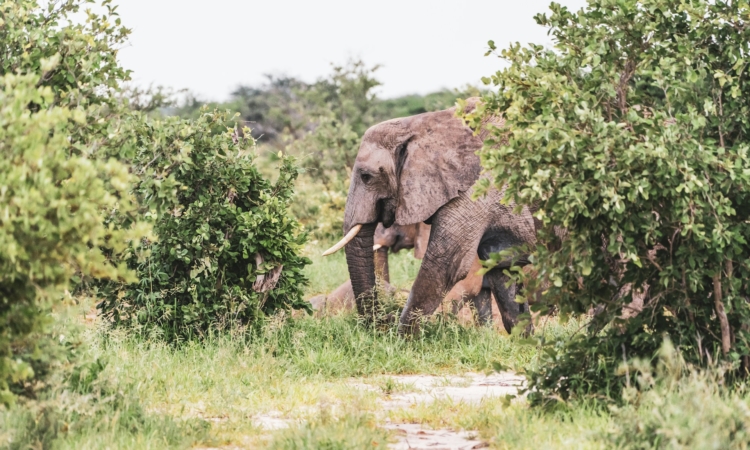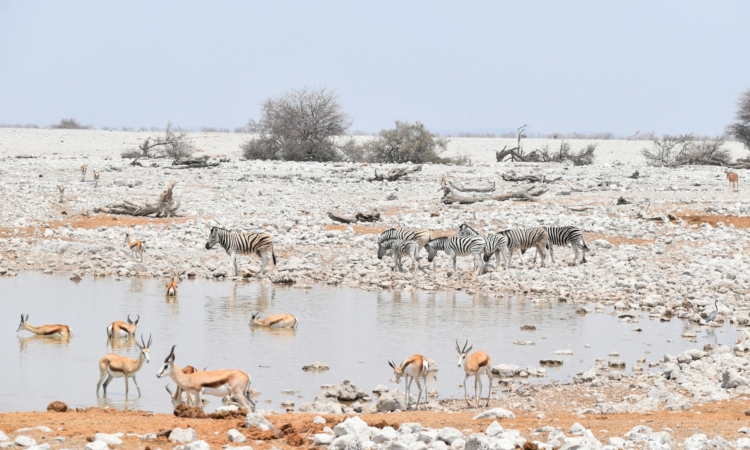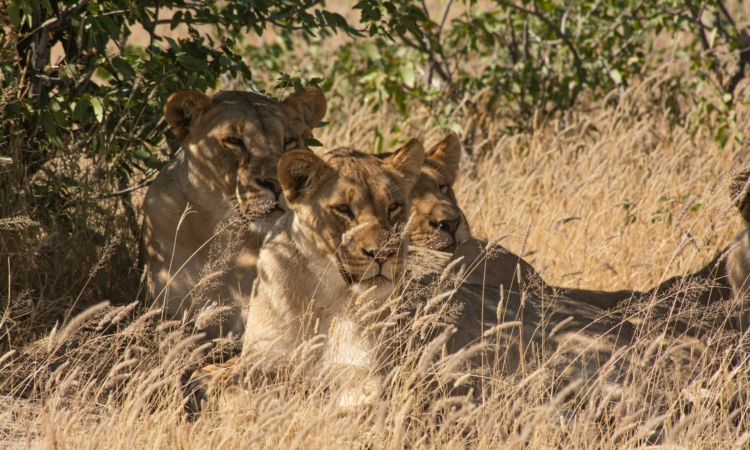Etosha National Park plays a very strong role in protecting wildlife in Namibia. Visitors to the park have the chance to see many animals, including rhinos, elephants, lions, giraffes, zebras, and different kinds of antelopes. The park is also famous for its wide open spaces and the large Etosha Pan, a salt flat that creates a special ecosystem where both predators and prey live side by side.
Etosha was first declared a reserve in 1907 and later became a national park. Since then, it has been one of the most important conservation areas in Africa. Over the years, the park has created and maintained programs to protect endangered animals and keep the natural balance of its environment.
One of the biggest focuses in Etosha is the protection of black rhinos. These animals are critically endangered in many parts of Africa because of poaching and the loss of their natural habitat. Etosha is now home to one of the largest black rhino populations in the world, making it a key refuge for the survival of this species.
To protect them, the park uses anti-poaching patrols, modern surveillance systems, and strong cooperation with nearby communities. Local people are encouraged to take part in protecting wildlife, while conservationists and park authorities work together to track rhino numbers and apply strict safety measures. Because of these efforts, Etosha is considered one of the safest places in Africa for rhinos.
The park is also very important for lion conservation. Etosha has a stable lion population that helps maintain the natural balance between predators and prey species. Researchers regularly study the lions, counting them, following their movements, and checking their health. These studies provide important information for planning better conservation strategies, not only in Namibia but also in other nearby countries.
In addition to rhinos and lions, Etosha protects large herds of elephants and unique animals such as the black-faced impala and a special sub-species of zebra that is found only in this region.
Through these efforts, Etosha continues to be a vital place for wildlife protection and a strong example of conservation success in Africa.







